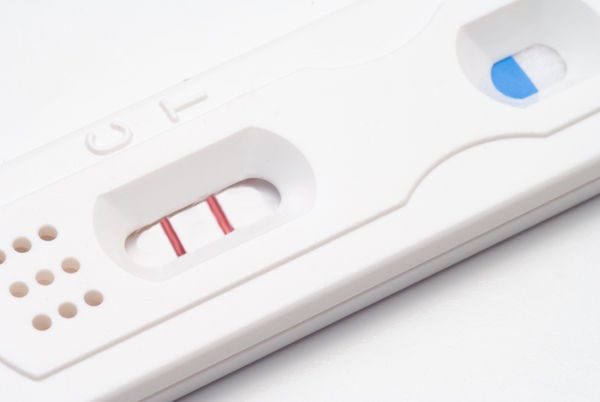
TUESDAY, Jan. 14, 2014 (HealthDay News) — Teens are notorious for taking more risks than adults, and a new imaging study suggests it’s because the adolescent brain is hypermotivated when it comes to receiving rewards.
A study published online Jan. 13 in Proceedings of the National Academy of Sciences suggests that teen brains showed more activity in a specific pleasure center of the brain compared to adults when they were rewarded during gambling games where money was at stake.
“Anticipating or receiving a financial reward produced strong activity in a brain region called the ventral striatum, especially in adolescents,” said study author Adriana Galvan, an assistant professor of psychology, behavioral neuroscience and developmental psychology at the University of California, Los Angeles.
For the study, Galvan and her colleagues examined brain cell activity in the brains of 19 adults and 22 teens using functional magnetic resonance imaging (fMRI) while the study participants played betting games that included modest monetary rewards — final wins never tallied more than $40.
The teenagers were 13 to 17 years old, and the average age of the adults was 28. Each performed gambling tasks. In each trial, the participants decided whether or not to accept or reject a bet that had a 50 percent chance of resulting in a win or a 50 percent chance of ending in a loss — so the trials were completely based on chance, not skill.
The fMRI images monitored brain activity during the betting, and the authors reported that the ventral striatum showed greater activity in teenagers than in adults during the betting. Galvan said the increased brain activity in the teens showed they valued the anticipated payoff more than the adults did, even during the trials in which both age groups accepted the same bets.
The reward-sensitive brain regions in the teens were hyperactive compared to the adult brains. There are unique developmental changes going on in their neural circuits, the researchers explained.
“We don’t see this in studies of younger kids either,” said Galvan. “In a previous study we published of younger children, they didn’t have the same neurosensitivity to rewards that we see in adolescents.”
The study chips away at scientists’ understanding of the reward circuitry in the teen brain, said Dr. Daniel Wolf, an assistant professor in the department of psychiatry at the University of Pennsylvania in Philadelphia. He was not involved with the study.
“This whole field is extremely interesting. The goal of using fMRI to study how people and teenagers process rewards and how that might change over development and change between adolescence and adulthood is extremely interesting,” said Wolf. “This is a developing field. I think this adds an important part to the jigsaw puzzle.”
Galvan also noted that the greater activation in the teen brains, when it came to reward-earning, was associated with making better choices in the game.
“The adolescents were better able to pick up on the risks that were beneficial — that were worth taking. We don’t know why. They were just more responsive to the rewards,” the author said.
Galvan said the research may help begin to change the way parents and other adults view teens’ risk-taking choices. Maybe those choices, while dicey at times, may not always be without logic, she said.
“What we hope these data do is start to change the conversation about the fact that being hypersensitive to rewards during adolescence is not necessarily negative,” said Galvan.
“Sometimes that gets spun — that being sensitive to rewards at this time in life may lead to bad outcomes, like use of drugs,” she noted. “But if the rewards go the other way — helping to volunteer, getting a thrill from a soccer game — that’s something that can be advantageous to helping them become well-adjusted adults.”
Wolf said it’s early yet, though, to offer parenting advice based on these results. “At this point, such studies don’t have strong implications for parenting advice. I think that what parents already know about teenagers has not been superseded, but studies like this could help down the line,” he said.
More information
The U.S. National Library of Medicine has more about teenagers’ development.
Copyright © 2025 HealthDay. All rights reserved.

